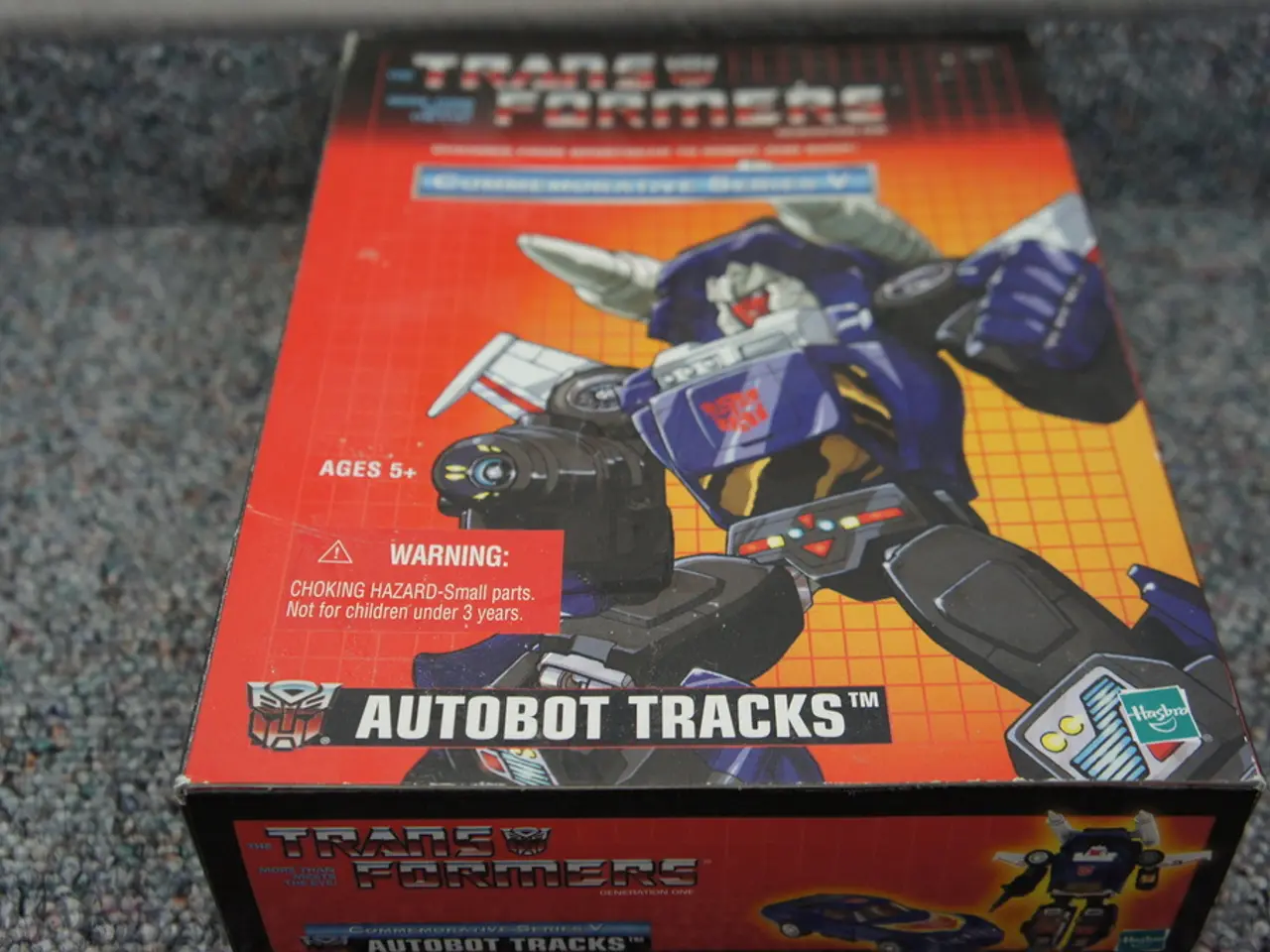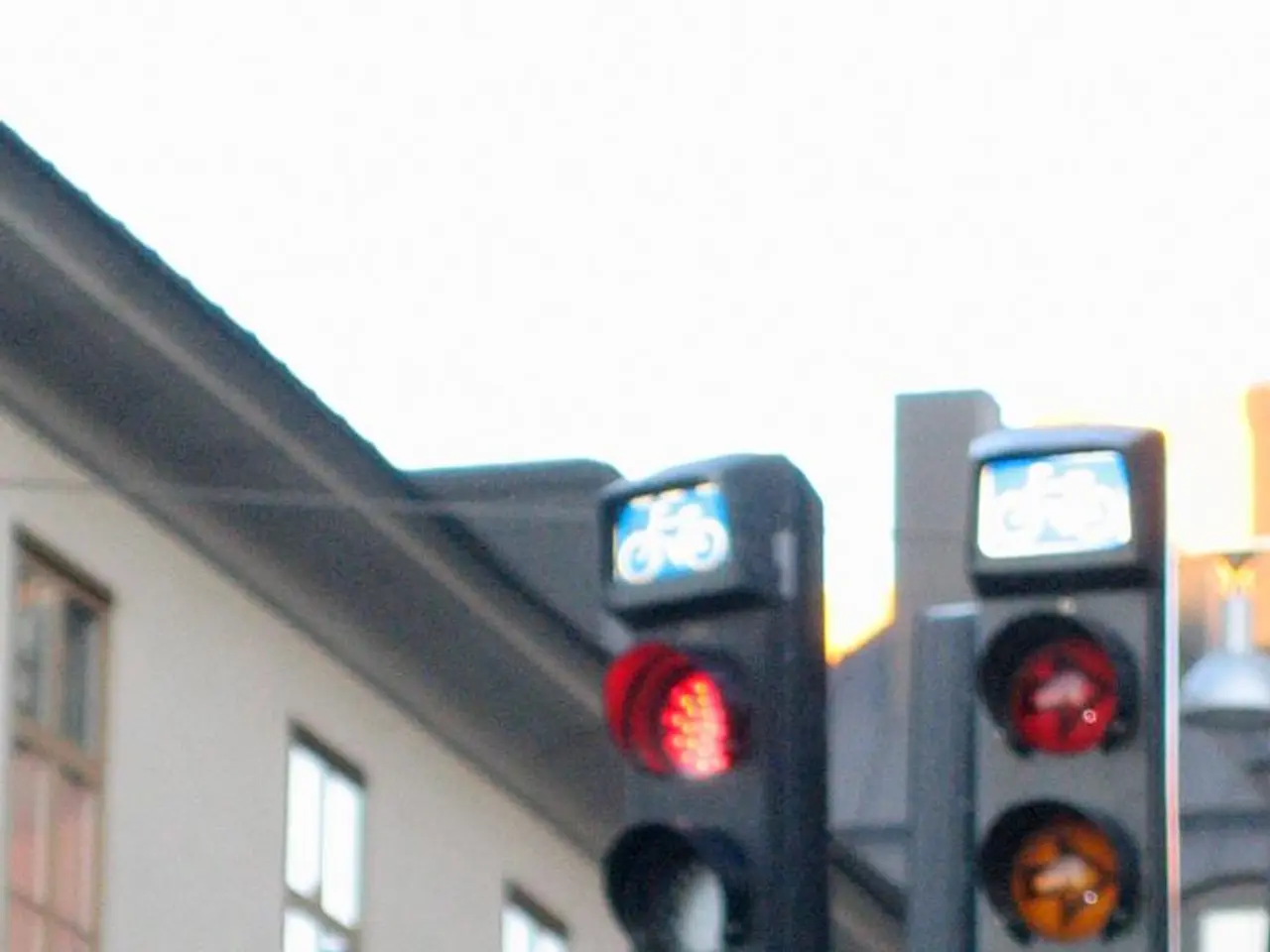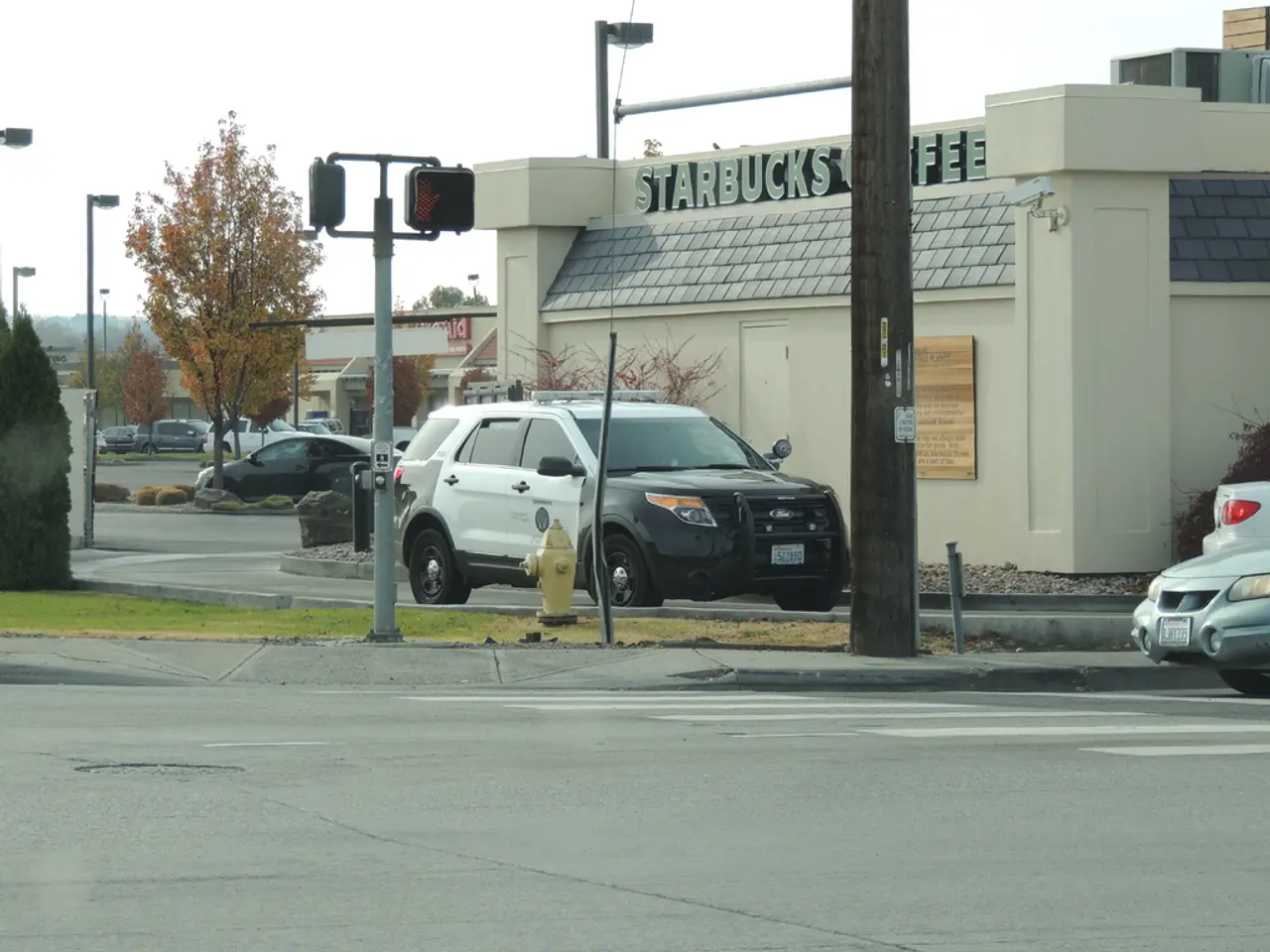Exploring Visual Classification's Might: A Trek through Artificial Intelligence Methods
Artificial Intelligence (AI) is making significant strides in the field of visual classification, a technique that allows computers to identify and categorize objects within images. The backbone of this progress is deep learning, particularly Convolutional Neural Networks (CNNs), which significantly advance visual classification capabilities.
CNNs excel at handling grid-like data such as images. They process visual data by applying multiple layers that detect simple to complex features, improving classification accuracy and enabling AI systems to reliably label and recognize objects within images [1][3][4]. Key contributions include automatic feature learning and high accuracy, efficiency, and real-time object detection.
Automatic Feature Learning: CNNs learn spatial hierarchies, from edges and textures in early layers to object-specific structures in deeper layers, enabling robust identification of image contents without manual feature engineering [1][3].
High Accuracy and Efficiency: Deep learning models, like CNNs, achieve accuracy rates exceeding 95% on standard datasets (e.g., ImageNet). Transfer learning from pre-trained networks further reduces training time and data requirements [2].
Real-time Object Detection: Algorithms such as YOLO (You Only Look Once) can process images rapidly (up to 45 frames per second), critical for applications needing immediate responses, like surveillance or autonomous navigation [2].
Real-world Applications
Visual classification finds applications in various industries, such as healthcare, autonomous vehicles, agriculture, retail, security, and manufacturing.
In healthcare, visual classification helps doctors diagnose conditions with remarkable precision by analyzing medical images like X-rays and MRIs [1][4]. AI systems could potentially understand not only the 'what' but also the 'why' behind the images they process.
Autonomous vehicles rely on real-time interpretation of camera feeds combined with other sensors for navigation, improving safety and reducing accident rates [2].
In agriculture, visual classification can monitor crop health and detect pests through image classification [1]. Retail benefits from automated product recognition and inventory management [1].
Security systems use visual classification to detect anomalies in surveillance footage to prevent breaches [4]. Manufacturing employs visual classification for quality control by identifying defects in production lines [4].
Challenges
Despite the advancements, practical deployment of visual classification technology faces several challenges. These include obtaining large, high-quality labeled datasets for supervised training, ensuring model explainability, addressing computational resources, real-time processing constraints, generalization and bias issues [1][4].
Data Annotation: Obtaining large, high-quality labeled datasets for supervised training is labor-intensive and costly [2].
Model Explainability: Complex deep models are often black boxes; explainable AI techniques (e.g., Grad-CAM, SHAP) are needed for trust, especially in critical applications like healthcare [2].
Computational Resources: Training deep networks requires significant hardware and energy, impacting scalability and environmental footprint [2].
Real-time Processing Constraints: Edge computing integration is necessary for real-time applications with limited connectivity [2][4].
Generalization and Bias: Models may perform poorly on unseen data distributions or exhibit biases present in training data [1][4].
Ethical discussions surrounding AI, including biases, are increasingly critical in the field of visual classification. New algorithms are being developed to improve both the efficiency and accuracy of visual classification. CNNs can automatically detect intricate patterns with minimal human input, making them particularly efficient for processing large datasets.
As we move forward, collaboration with intelligent systems could improve our lives and the world around us. AI could provide insights, context, and even assist in storytelling through visuals. The future of AI could involve AI systems that can share insights and assist in various tasks.
- Advancements in Artificial Intelligence (AI) have significantly improved visual classification, a technique allowing computers to identify and categorize objects within images.
- The backbone of this progress is deep learning, particularly Convolutional Neural Networks (CNNs), which excel at handling grid-like data such as images.
- AI systems could potentially understand not only the 'what' but also the 'why' behind the images they process, as seen in healthcare applications.
- Algorithms like YOLO can process images rapidly, critical for real-time applications like surveillance or autonomous navigation.
- Smart technology, including AI systems, is being increasingly employed across industries, from healthcare to manufacturing, for tasks such as automatic product recognition, crop health monitoring, and quality control.
- Despite the progress, practical deployment of visual classification technology faces challenges, including obtaining large, high-quality labeled datasets, ensuring model explainability, addressing computational resources, real-time processing constraints, generalization, and potential biases.
- New innovations in technology and artificial-intelligence research are focused on improving the efficiency and accuracy of visual classification, with CNNs being particularly efficient for processing large datasets and automatically detecting intricate patterns with minimal human input.




